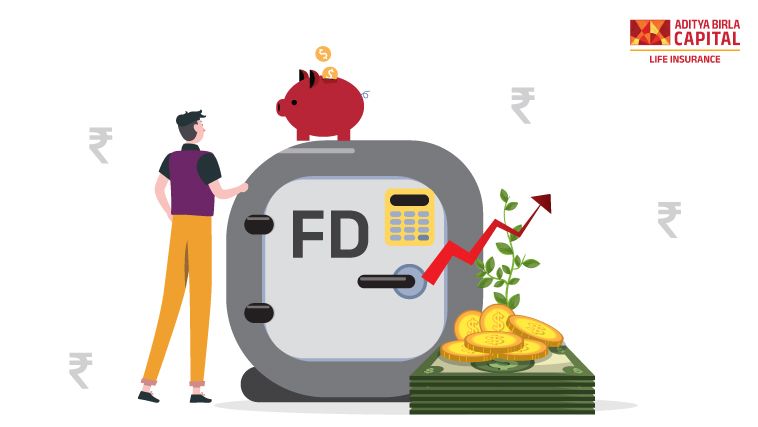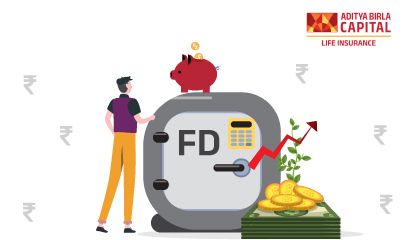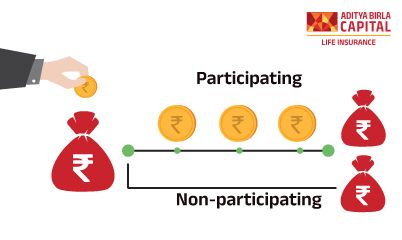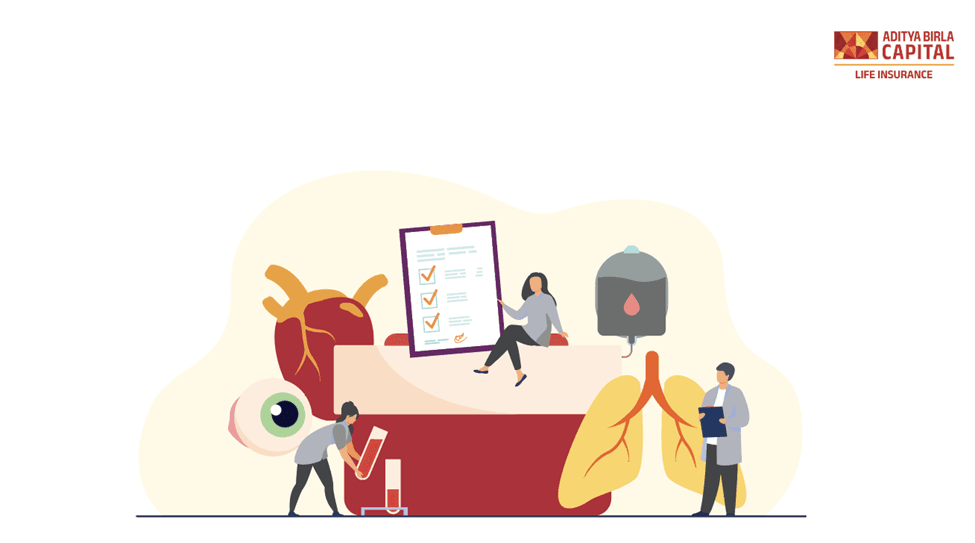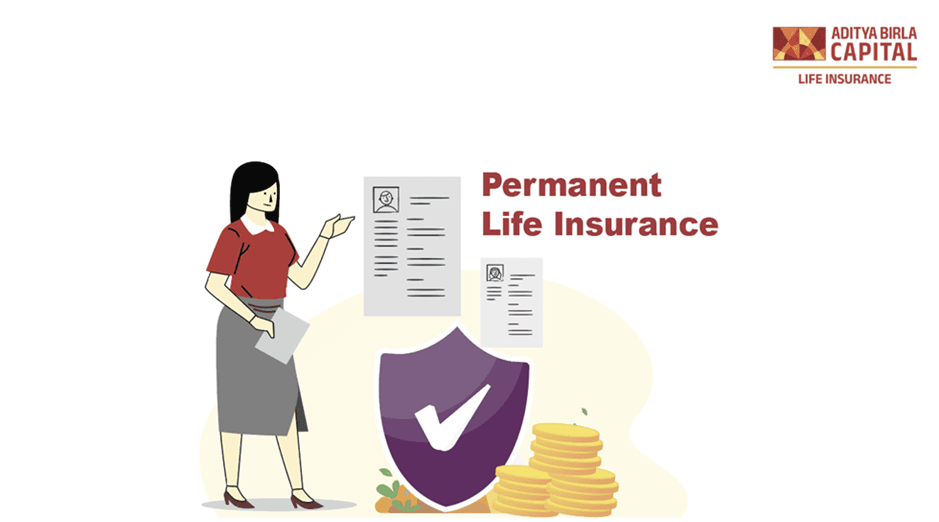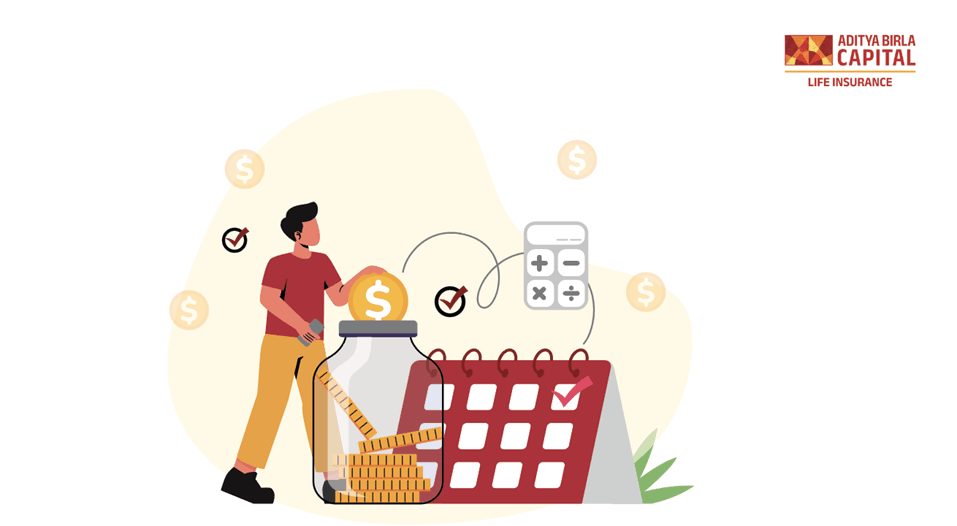Did you know that many life insurance policies allow you to enhance the coverage and investment over and above the base plan? This is typically done in two ways: through top-ups and riders. Not sure what these two concepts are? Well, here’s some information that can help you understand them better.
And since top-ups and riders come at a nominal extra cost, we’ll also be taking a quick look at some of the other ways to reduce insurance premiums.
What Are Top-ups?
A top-up is an optional facility typically offered to ULIP policyholders. Through this facility, policyholders can invest an additional premium over and above their regular premiums. This additional premium is then invested by the insurance service provider, ultimately allowing the policyholder to enjoy increased savings. Simply put, one of the primary advantages of the top-up facility is that it allows you to increase your investments without having to purchase a new insurance plan.
The ABSLI Wealth Max Plan is an example of a ULIP that offers the top-up facility.
What Are Riders?
A Life Insurance rider is an optional add-on that you can choose at the time of purchasing a life insurance policy. However, there are insurance plans that also allow you to opt for riders at any other point during the tenure of the policy. Riders! basically enhance the coverage of your life insurance policy, over and above your base plan. There are different types of riders available. And they offer specific benefits.
For instance, take the accidental death and disability rider. It pays an additional sum assured amount over and above the base sum assured in case the policyholder passes away due to an accident. Similarly, there are other riders that can enhance the coverage as well, like the critical illness rider, surgical care rider, waiver of premium rider, and hospital car rider, among others.
Take a look at the range of riders that Aditya Birla Sun Life Insurance offers here.
Top-ups Vs. Riders: What Are The Differences?
Okay so, now that you know what top-ups and riders! are, let’s take a look at a few points that differentiate them both.
One of the major differences between top-ups and riders is the availability. Top-up facilities are available only for certain life insurance plans like Unit Linked Insurance Plans (ULIPs). Riders, on the other hand, are available for nearly all types of life insurance plans, such as term plans, savings plans, ULIPs, and retirement plans.
Another difference between the two lies in the additional cost that you would have to pay. To clarify, both top-ups and riders come at an additional cost. However, for top-ups, many insurance service providers impose a premium allocation charge, which is only a small percentage of the top-up premium that you wish to invest. With riders, however, insurers charge an additional premium known as the rider premium, over and above the base premium for the life insurance plan.
If you’re concerned about this additional cost, worry not. There are plenty of other ways to reduce insurance premiums. So, you can offset the nominal added cost for top-ups or riders! by reducing your premium using some of the ideas in the following section.
What Are Some Ways To Reduce Insurance Premiums?
Since opting for riders! tends to increase the amount of premium that you’re required to pay, let’s take a look at a few ways to reduce it.
-
Purchase insurance at a young age: Life insurance premiums tend to increase multifold as you age. And so, it can be extremely cost-effective if you purchase a life cover at a relatively young age. This will allow you to reduce the amount of premium that you would need to pay.
-
Choose a longer tenure: The tenure is another major factor that’s used in the calculation of life insurance premium. The longer the tenure, the lower your premium payments tend to be. So, try to choose a longer tenure if you can..
-
Follow a healthy lifestyle: Your life insurance premiums can get quite high if you possess any pre-existing ailments such as high blood pressure or diabetes. On the other hand, if you follow a healthy lifestyle and ensure that you don’t develop any such ailments, your premiums are likely to be much lower..
-
Purchase online: In many cases, purchasing a life insurance online can be less expensive than buying it through an offline mode. Since online purchases involve lower costs, the benefit gets transferred to you through lower premium quotes.
Last Words
So, to sum up, top-ups are more investment-focused, while riders tend to be more protection-focused. That said, both top-ups and riders are great optional features that you can make use of to enhance the benefits offered by your base policy. And if you’re worried about the increase in premiums due to riders, you could always follow the tips listed above to reduce it and keep it under control.
There are exclusions attached to the riders. Please refer rider brochure for more details.
In ULIP, investment risk in investment portfolio is borne by the policyholder.
The linked Insurance Products do not offer any liquidity during the first five years of the contract. The policyholder will not be able to surrender/withdraw the monies invested in Linked Insurance Products completely or partially till the end of the fifth year from inception. This policy is underwritten by Aditya Birla Sun Life Insurance Company Limited (ABSLI). ABSLI Wealth Max Plan (UIN: 109L073V05)is a non-participating unit linked life insurance savings plan. Aditya Birla Sun Life Insurance and ABSLI Wealth Max Plan are only the names of the Company and Policy respectively and do not in any way indicate their quality, future prospects or returns. The name of the funds offered in this plan does not in any way indicate their quality, future prospects or returns. The charges are guaranteed throughout the term of the policy unless specifically mentioned and subject to IRDAI approval. The value of the segregated fund reflects the value of the underlying investments. These investments are subject to market risks and change in fundamentals such as tax% rates etc affecting the investment portfolio. The premium paid in unit linked life insurance policies are subject to investment risk associated with capital markets and the unit price of the units may go up or down based on the performance of segregated fund and factors influencing the capital market and the policyholder is responsible for his/her decisions. There is no guarantee or assurance of returns above the guaranteed returns from the segregated funds. GST and any other applicable taxes% levied as per extant tax% laws shall be deducted from the premium or from the allotted units as applicable. An extra premium may be charged as per our then existing underwriting guidelines for substandard lives. For further details please refer to the policy contract. Linked Life Insurance products are different from the traditional insurance products and are subject to the risk factors. Please know the associated risks and the applicable charges, from your Insurance agent or the Intermediary or policy document.

